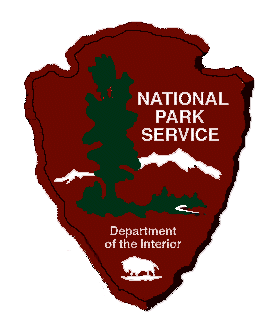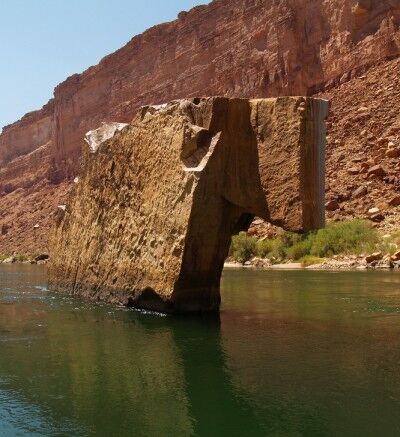As you might well imagine, I love our national parks. Unfortunately, in these times of budget cuts, that argument is simply not enough when it comes to keep the financial support coming to our national parks. What many people fail to realize, and what is often not expressed when it comes to the funding fights for national parks, is that national parks also provide a huge economic benefit. As part of the 96th birthday of the National Park Service, the National Parks Conservation Association has released an infographic that sums up some of the economic benefits that our national parks provide.
I encourage you to do more than simply look at the economic information provided, but take some notes and contact your congressional representative. Let them know that you strongly support the continued funding of national parks not only for the beauty they provide, but because of the economic benefits they provide.
As the inforgraphic plainly states at the very top:
After two years of declining funding, national parks now face the prospect of additional cuts, including the looming threat of the “sequester” schedule of January 2013. If Congress doesn’t agree on a deficit reduction plan, the Park Service could face cuts up to 10 percent. That would mean closed visitor centers, closed campgrounds, closed parks and thousands of park staff out of a job.



